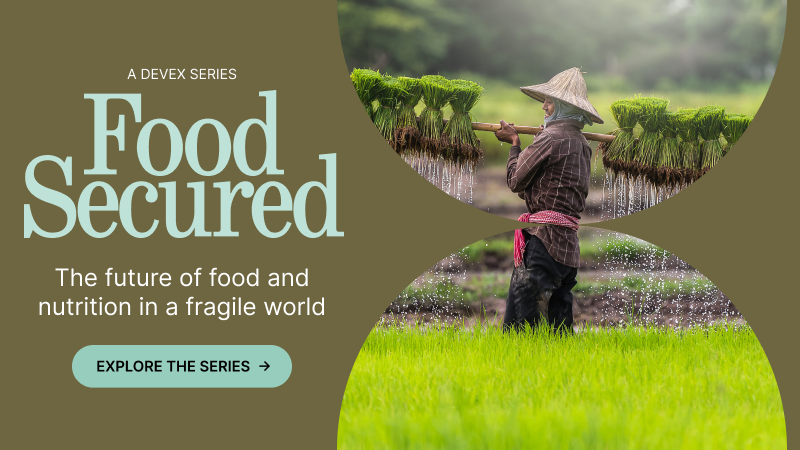What is El Niño and how does it impact food security around the world?
The onset of El Niño is set to increase global temperatures and disrupt climate patterns across the globe. Here’s what it might mean for food security in a world already grappling with climate change.

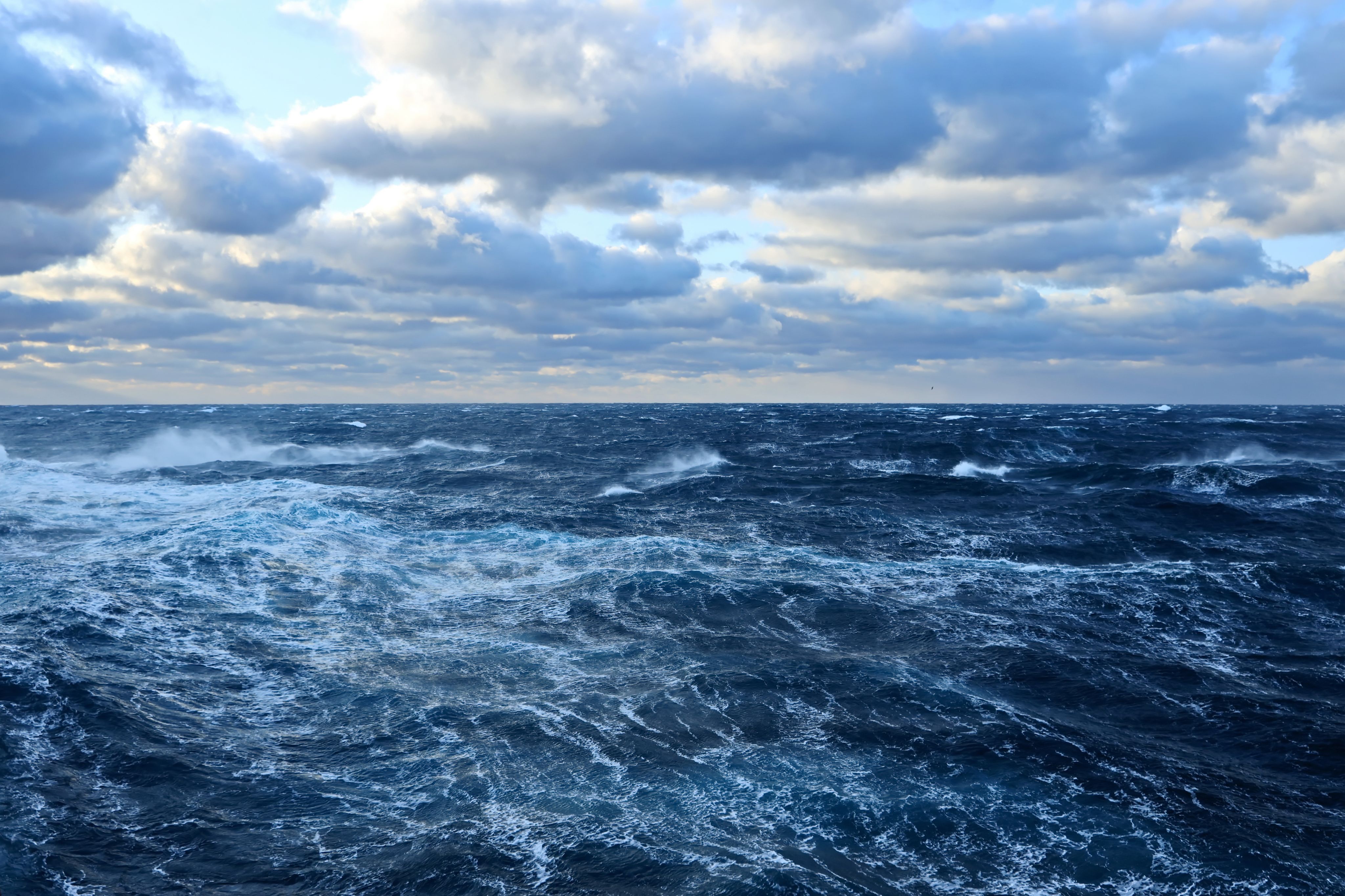
What is El Niño?

On July 4, the World Meteorological Organization officially declared the start of the first El Niño climate pattern in seven years, setting the stage for higher global temperatures and disruptive weather — a situation only worsened by climate change.
El Niño “will have far-reaching repercussions for health, food security, water management and the environment,” said World Meteorological Organization Secretary-General Petteri Taalas in a statement in May.
But what is this naturally occurring weather phenomenon and what does it mean for the planet? El Niño is a climate pattern that warms sea surface temperature in the central and eastern tropical Pacific Ocean. This time, it follows an unusually long La Niña, which is the “cooling” phase of the so-called El Niño-Southern Oscillation, or ENSO. It also has a third neutral stage that is neither warming or cooling.
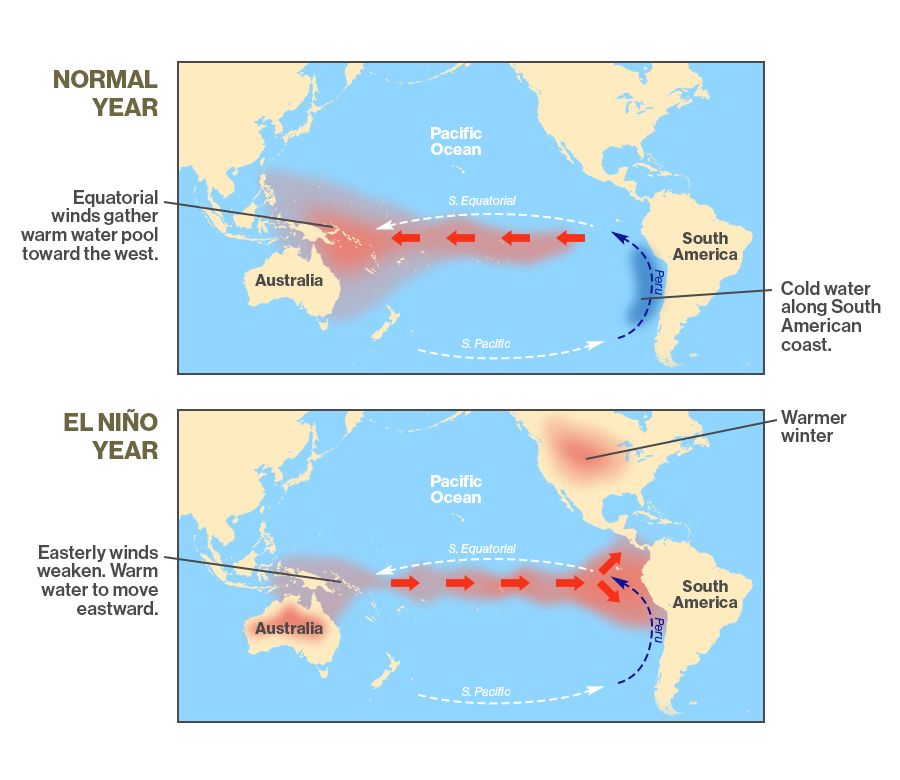
Comparison of sea surface temperature warming in an El Niño year and a normal year.
Comparison of sea surface temperature warming in an El Niño year and a normal year.
“I like to say that El Niño is a little bit of a cold or a flu [that] the oceans sometimes go through,” said Robert Stefanski, chief of WMO’s agricultural meteorology division. It occurs on average every two to seven years, and episodes typically last nine to 12 months.
The phenomenon begins when sea surface temperatures in the east-central tropical Pacific Ocean have warmed to at least 0.5 degree Celsius above normal for five consecutive months.
In addition, the atmosphere must respond to the warming ocean temperatures by weakening the prevailing winds — known as the trade winds — and also shift patterns of tropical rainfall further east.

Sea surface temperatures in the Pacific Ocean compared to the long-term average over five-day periods from the end of January to early June 2023. Source: NOAA Climate.gov, based on Coral Reef Watch maps available from NOAA View.
Sea surface temperatures in the Pacific Ocean compared to the long-term average over five-day periods from the end of January to early June 2023. Source: NOAA Climate.gov, based on Coral Reef Watch maps available from NOAA View.
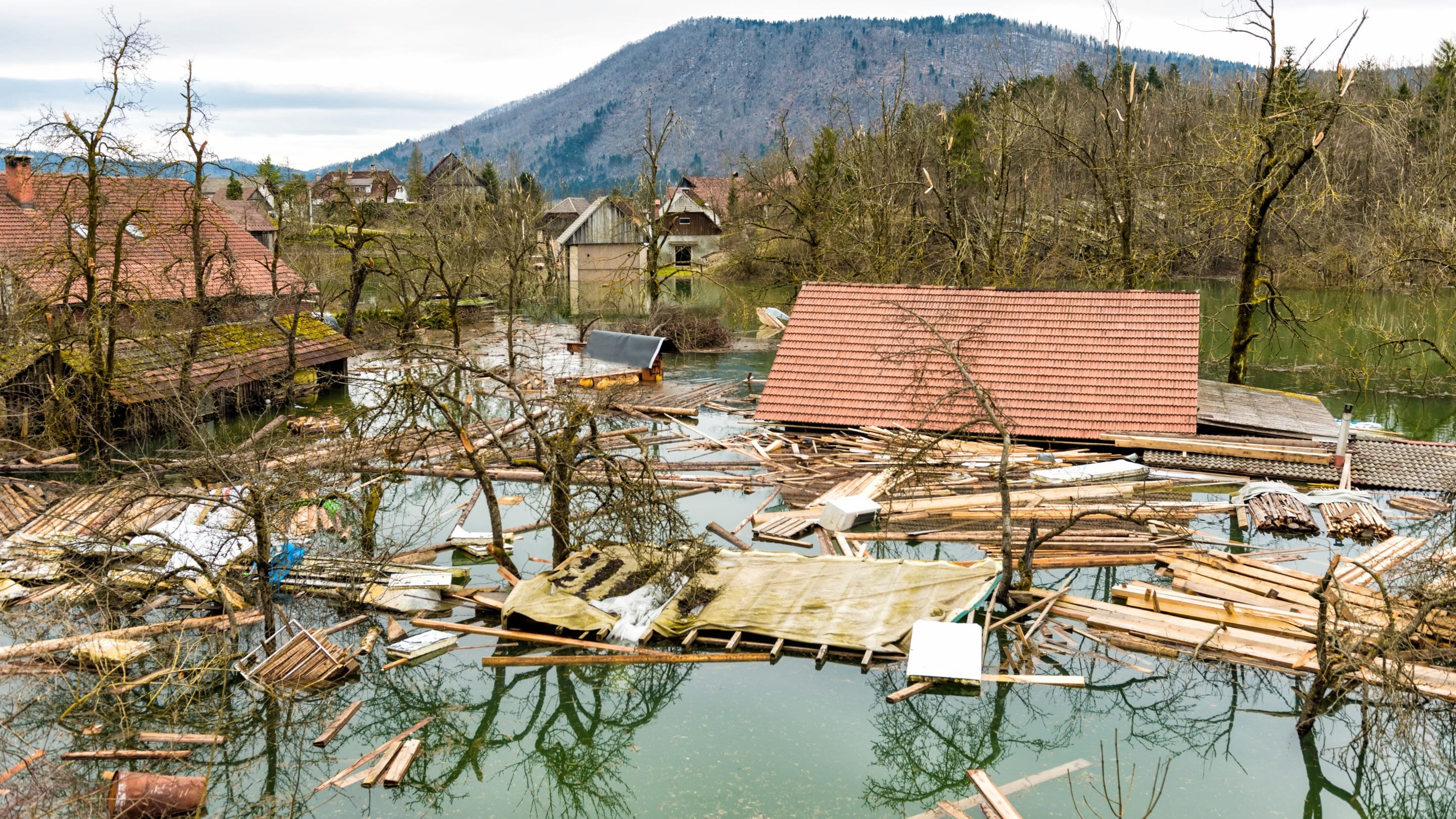
Where will the impacts of El Niño be felt?

The effects of El Niño are most strongly felt across the tropics, but it can disrupt local weather patterns in both positive and negative ways. It typically brings wetter weather to the southern USA and the Gulf of Mexico, and can cause severe droughts in Australia, Indonesia, parts of southern Asia, as well as in Central America and northern South America.
It also has an impact on fish stocks as warmer ocean temperatures cause fish in northern South America to migrate toward colder waters.
In parts of Asia, where 90% of the world's rice is grown and consumed, the warmer and drier weather caused by El Niño is expected to impact rice production, since it typically means less rainfall for the water-intensive crop. There’s also the possibility of drier conditions in Australia that could reduce the country’s wheat production, Stefanski said.
Parts of Africa might experience drier weather which can lead to crop failure — as many of the continent’s farmers practice rain-fed agriculture. El Niño could also push up food prices as a result of decreased yields, explained Boaz Blackie Keizire, the head of policy and advocacy at the Alliance for a Green Revolution in Africa.
Droughts also often cause livestock deaths. “We've seen droughts completely erasing [the] livelihoods of millions of people whose lives depend on livestock, both for income as well as for food and nutrition security,” said Keizire.
But El Niño isn’t necessarily bad news for all regions, and drought-affected countries in East Africa, as well as Argentina and Uruguay, could experience more rainfall between September and January, said Stefanski. “In [the predictions for] the next winter, most of East Africa is actually fairly wet, with some lingering dryness around Lake Victoria,” he added.
Yet, the phenomenon can also cause devastating flooding and record rainfall often strikes Peru, Chile, and Ecuador during El Niño.
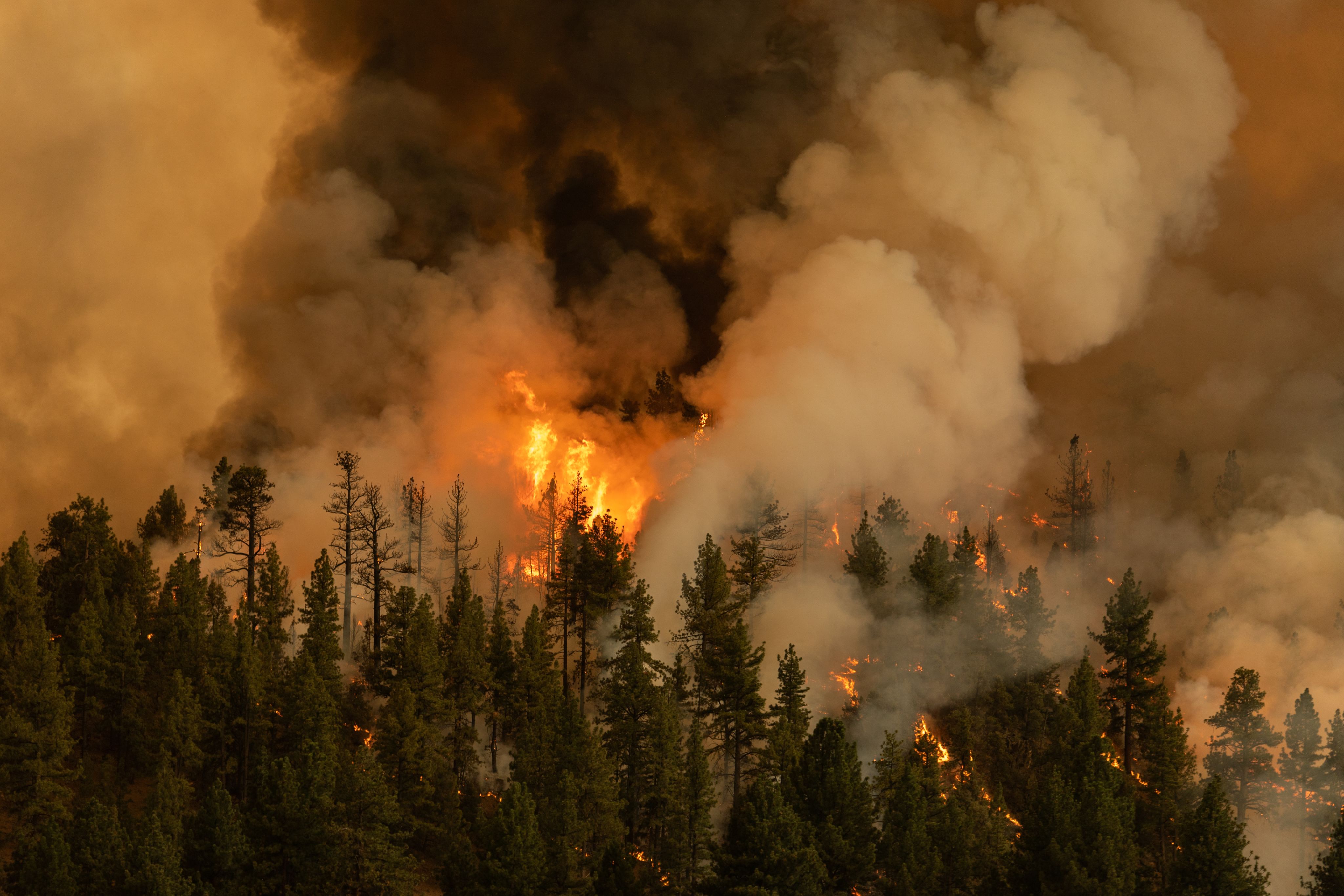
What about climate change?

Unlike decades past, El Niño’s impact will be felt in a world that’s already hotter than ever — as global average temperatures keep smashing records. The first week of this month is considered the warmest week ever recorded, according to the World Meteorological Organization. A combination of climate change, caused by human-driven carbon emissions and El Niño, is expected to make at least one of the next five years, and the five-year period as a whole, the warmest on record.
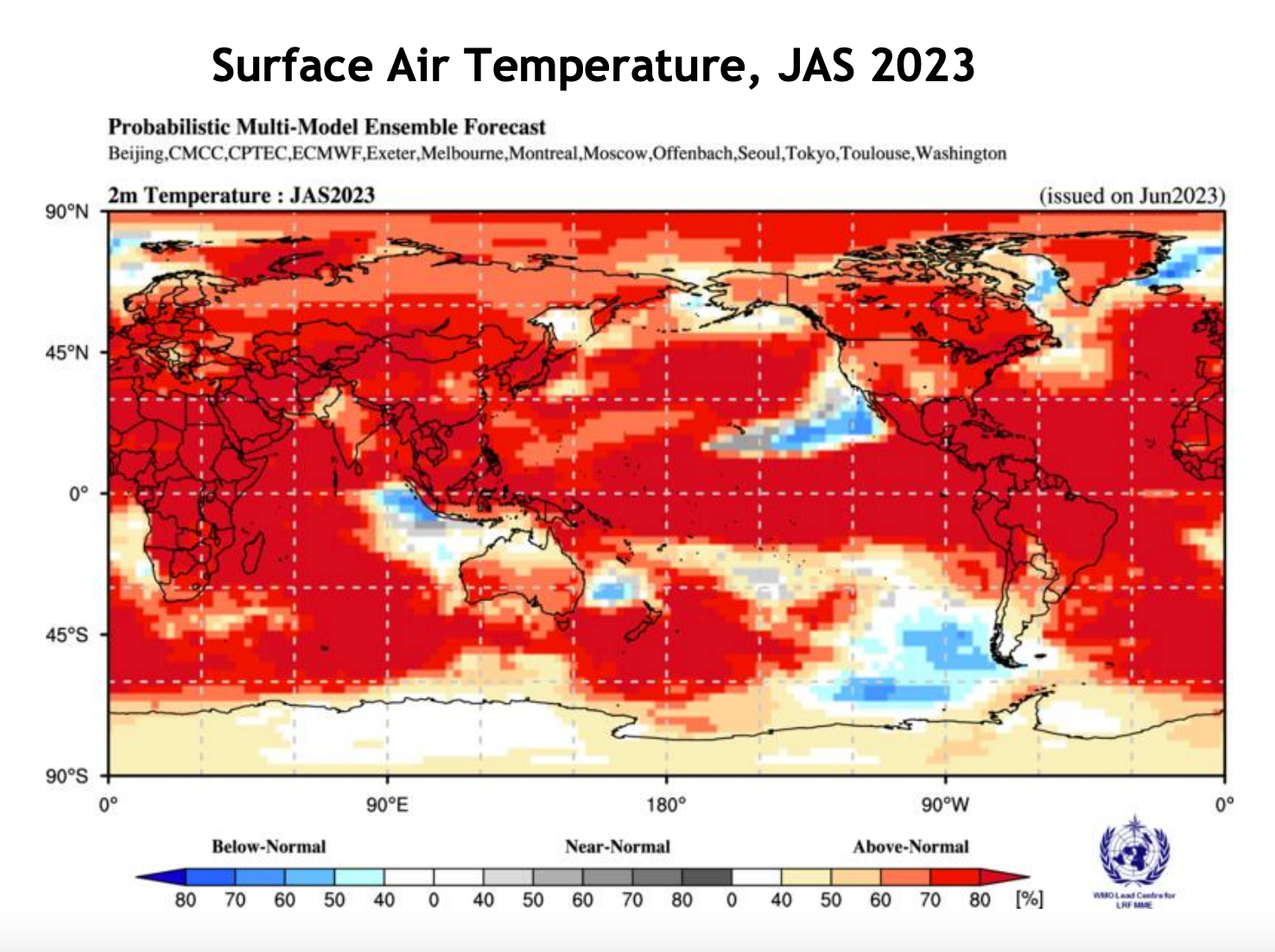
Surface air temperature, July — September 2023. Source: World Meteorological Association
Surface air temperature, July — September 2023. Source: World Meteorological Association
There is also a 66% chance that one of the next five years will see average global temperatures at least briefly breach the 1.5 degree Celsius climate change target laid out in the Paris Agreement. Although it wouldn’t necessarily mean we’ve overshot the target as scientists study breaches of temperature thresholds over at least two decades, in order to rule out natural variability.
It was the hottest May on record for North and South America this year. “This is even before El Niño was gearing up,” said Stefanski. ”The highest sea surface temperatures are yet to occur in the Pacific, so that doesn't bode well.
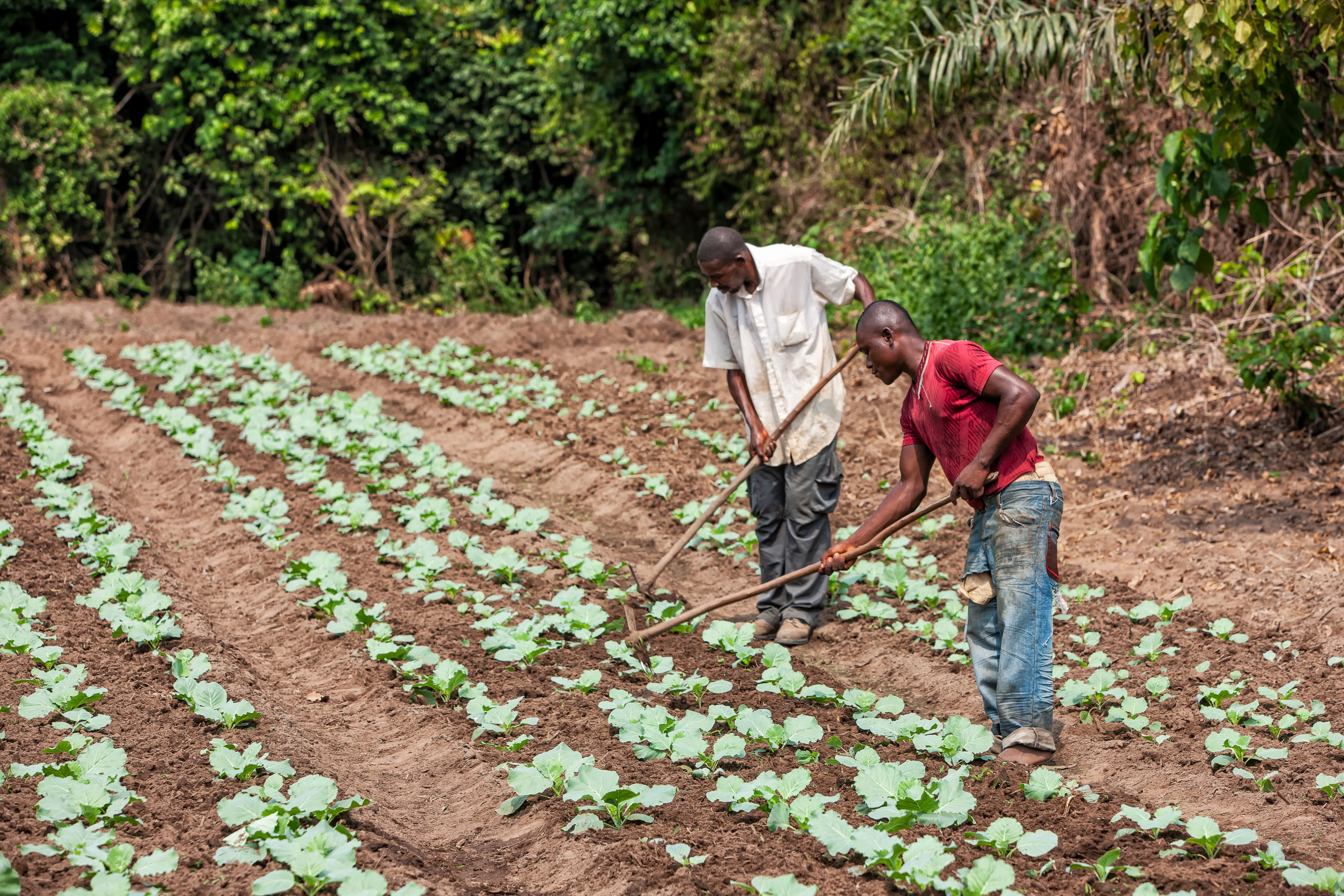
How can we prepare?

Everyone from governments to farmers and United Nations agencies are now gearing up for the impacts of El Niño. In Indonesia, for example, some rice farmers have tried to anticipate the onset of El Niño and plant earlier than usual.
According to AGRA’s Keizire, one of the best ways for farmers to prepare is to adopt irrigation technologies that allow them to conserve water during rainy periods. Using drought-tolerant, hybrid seeds of maize, wheat, and rice is also crucial. “The idea is to make sure that you have the right seed that is able to withstand a long drought period with less rain,” he said.
AGRA is also working with farmers to help them diversify their income sources and take advantage of good harvests — when food prices are high — for households to increase their assets and other nonagriculture income sources, said Keizire.
Text: Natalie Donback
Editor: Helen Lock
Producer: Naomi Mihara
Photos: Shutterstock
Graphics: Mai Ylagan / National Oceanic and Atmospheric Administration /
World Meteorological Association

Visit Food Secured — a series that explores how to save the food system and where experts share groundbreaking solutions for a sustainable and resilient future.
This is an editorially independent piece produced as part of our Food Secured series, which is funded by partners. To learn more about this series and our partners, click here.

